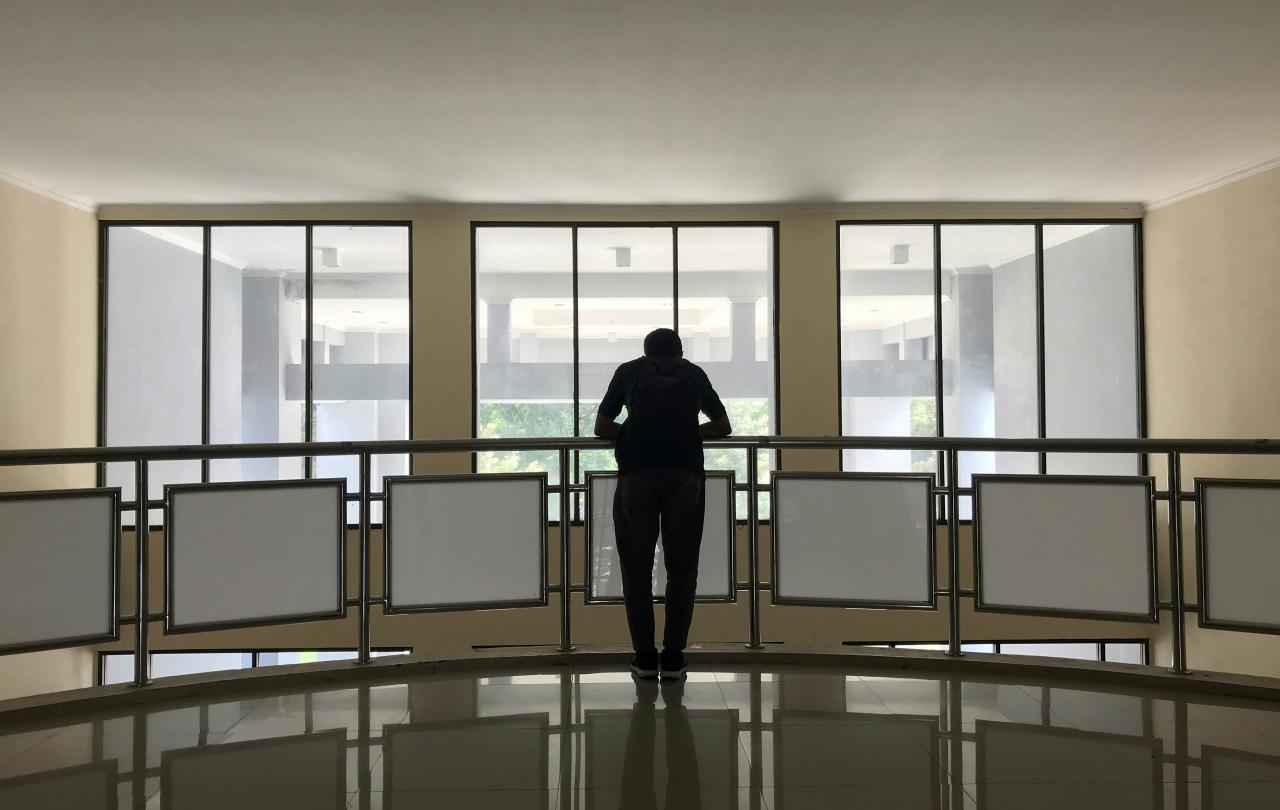
Given the polarised nature of American politics and the venomous nature of the debates, the assassination attempt on Donald Trump was not entirely a surprise, even if a massive shock to the system. It was both tragic for those who were killed and yet a relief for everyone that Trump survived, not least for the unimaginable consequences across the country if he had not.
It doesn’t take a very deep dive into the maelstrom that is Twitter/X these days, to discover a common theme among Trump supporters - that God shielded him from a certain death. “God protected President Trump,” Senator Marco Rubio posted. “God saved the life of Donald Trump” say a million others, confident that the seemingly miraculous slight head tilt at the moment of the shot that ensured the bullet hit his ear, not going through the back of his temple, was a moment of divine intervention.
Yet look elsewhere on X and you can find vast numbers of people equally certain that this is complete nonsense. God did not save Donald Trump, either because there is no God to save anyone, or because if there is a God, either he doesn’t intervene at all, or even if he did, he certainly wouldn’t want to save the likes of Donald Trump.
If God saved Trump, they say, why did he not save the life of Corey Comperatore, the volunteer fireman who was killed by bullets fired from the gun that was used in the attack? Trump supporters respond with the claim that Trump has a special calling, justifying divine intervention, to ‘restore the Judaeo-Christian heritage to America’ as one tweet put it.
So, which is it?
Christian thinkers have normally held to the possibility that God can and does, at decisive moments, interrupt the normal flow of history.
Christian thinkers have normally held to the possibility that God can and does, at decisive moments, interrupt the normal flow of history. After all, the central Christian claim is that he did this in remarkable acts of deliverance such as the Exodus, at key moments in the history of Israel and most importantly in the life, death and resurrection of Jesus Christ. And, they claim, he does it in less prominent ways, as testimonies to prayers answered and apparently miraculous occurrences suggest.
Yet divine interventions like this are by definition rare. In one of Douglas Coupland’s novels, one of the characters ponders a Christian group that expects constant miracles: “They’re always asking for miracles and finding them everywhere. In as much as I am a spiritual man, I do believe in God - I think that he created an order for the world; I believe that, in constantly bombarding him with requests for miracles, we are also asking that he unravel the fabric of the world. A world of continuous miracles would be a cartoon, not a world.” He has a point.
Yet a world without any interventions at all would be a world which God had seemed to abandon to its fate. The idea that God set up his world to run like clockwork with no further intervention is Deism, not Christianity, a theology popular in the C17th and C18th, still found today, but leaves God watching us from a safe and uninvolved distance. It would lead to the conclusion that God did not really care that much about the world, leaving it to its own devices, especially when evil runs riot and nothing seems to prevent it. Such interventions are best seen as signs, special indications that do not ‘unravel the fabric of the world’, yet are tangible reminders that even though it is broken, God has not given up on this world, and will one day redeem it.
Yet if God can and does step in at certain moments to divert the course of history in a fallen and broken world, that doesn’t mean that every claim to divine intervention is genuine. So how can you tell? Who do we believe?
If God can and does step in at certain moments to divert the course of history in a fallen and broken world, that doesn’t mean that every claim to divine intervention is genuine. So how can you tell? Who do we believe?
At several points in the Old Testament, writers wonder how you can tell the true prophet from the false. One of them answers like this: “If what a prophet proclaims in the name of the Lord does not take place or come true, that is a message the Lord has not spoken.”
To be honest, this doesn’t appear to help much. You can tell if a person has got it right if their prediction comes true, but at the time, you have no idea whether it will come true or not, so it still leaves you in the dark as to who to believe.
Yet it does suggest an important insight. You can only tell God’s intervention retrospectively. You can only say with a degree of confidence that God has ‘intervened’ when looking back on events and seeing how they turn out.
If Donald Trump is elected, and somehow brings about harmony and flourishing for as many people in the USA as possible, stabilises the economy, enabling all people to live a decent life, not just the rich and powerful, restores a sense of civility and generosity to public life, resists the forces of harm and evil in the nation and in the world, and brings freedom for Christians and others to practice and promote their faith, then maybe we might look back in future years and say that God did step in on July 14th 2024 to frustrate the purposes of evil in the world.
Yet if none of that happens, and what results from his survival is instead a deeper fracturing of social cohesion, a coarsening of public debate, a siege mentality that divides the world between ‘us’ and ‘them’, an increasing divide between the rich and the poor, the elites and ordinary people, then we might in future say it was mere chance, one of those random things that happen in this created yet fallen world with its mysterious blend of order and chaos.
Which will it be? Time will tell. Until then, we’d better be cautious about claims of divine intervention. Not because God never does it, but because we’re not very good at telling when it happens.





